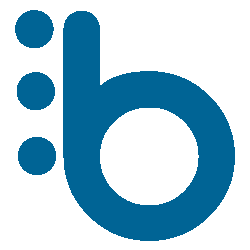



$1.72
The main huddle for members to introduce themselves.
Find great products and merchandises offered by Blaqsbi and other members.
We need your help to keep this platform running. If you believe in what we are doing here, please donate.
Find help and guided tours on how to navigate the platform.
Promote your business and find successful businesses worldwide.
Find specialists with the right skill set to help you grow your business or help you with your social cause.
Marketplace to sell, buy and trade products and services.
Advertise your next event or find and attend events near you.
Create and participate in fun games that challenge our community.
Discover new music, songs and spoken words focussed on uplifting and inspiring us for greatness.
Find Podcasts and Radio Shows from all over the world.
Find books and information written by black authors and researchers.
Invite like-minded friends to join the Blaqsbi family.
List of all the badges you can win.
Find all the top Bmunt earners.
Find members and huddles.
Learn all about Blaqsbi and our commitment to inspire and empower our community.

This is the main huddle for members to introduce themselves.
Last post: 2025-12-12 14:57:26

Brotherhood Room is a peer-led,..., please call or text 988."
Last post: 2025-09-26 16:29:19

Celebrating our fashion,...ies who make it all happen.
Last post: 2025-12-12 16:01:40

Lets share great stories and... U.S. and around the world.
Last post: 2025-12-04 01:02:37

Health, Wellness Center
Last post: 2025-12-12 14:04:19

This huddle is for sharing news from all over the world.
Last post: 2025-12-12 16:05:40

This huddle is for us to have...ssions about all religions.
Last post: 2025-12-05 11:02:33

Get updates on science and technology.
Last post: 2025-12-12 06:01:55

All about sports
Last post: 2025-12-12 16:03:48

Posts & mems created about...rown and indigenous people.
Last post: 2025-11-29 17:21:21

Celebrating black movies
Last post: 2025-12-10 19:01:23

Share information about the world we live in.
Last post: 2025-12-12 14:09:07
Follow Tyrone Thomas on Blaqsbi.
Enter your email address then click on the 'Sign Up' button.

Blaqsbi uses cookies to ensure you get the best experience on our platform. By using our website you agree to our Cookie policy .